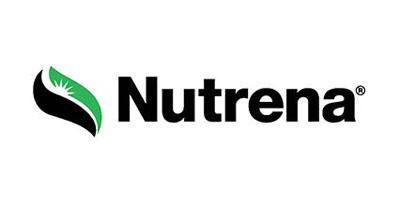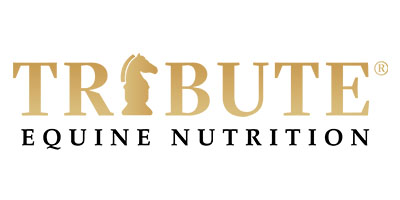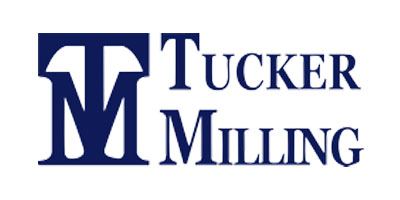{article.name}
Stay Informed
Hay is for Horses

- Share this:
- Share on Facebook
- Pin on Pinterest
- Tweet on Twitter
One major impact weather extremes may have on horse owners is availability and/or quality of hay and pasture. Since the bulk of a horse’s diet is hay or pasture, any change in the nutritional content of the forage affects the nutritional status of the horse.
How do you evaluate the nutritional content of your hay? Good quality hay, regardless of variety, will have the following characteristics:
1) a high leaf to stem ratio
2) small diameter stems
3) a fresh smell
4) free from weeds, dirt, mold and other trash
5) bright color
6) few seed heads (grasses) or blooms (alfalfa)
In addition, hay should be fairly soft and pliable to touch. If stems are hard and stick into your hand when you grab a handful, then you might imagine how chewing that hay would feel.
While visual appraisal of hay can provide an indication of quality, laboratory analysis is really the most accurate measure of the nutritive value. There is hay that looks pretty good but doesn’t test well and if you feed it the same as more nutrient dense hay, your horses will lose weight. If you buy several small quantities of hay through the year, testing may not be much help because you will probably feed most of the hay before the test results come back. But if you buy hay in large quantities and store it for use over several months, having it tested when you receive it may be worth the time and expense. Often hay suppliers will provide you with an analysis for large loads of hay. If not, you may want to contact your county agricultural extension agent or feed supplier for guidance on properly collecting and testing hay samples.
If your hay always comes from the same supplier or the same field, a test may not be necessary if the new load looks very similar to previous loads. However, climate conditions at the time the hay was ready to cut may have prevented harvest at the proper time or may have resulted in the cut forage getting a heavy dew or even a rain shower before baling. These things can significantly affect the nutritive value of the hay crop but may not be evident on visual appraisal. Even when properly fertilized, cutting the field late will significantly reduce the nutrient content and digestibility of the hay, and moisture on cut grass before baling will leach nutrients from the plant.
In addition to an estimate of the nutritional content, it is important to know how much your hay weighs. The weight per flake is crucial because so many horse owners are in the habit of feeding a certain number of flakes per day. An average flake of grass hay, such as Bermudagrass, may weigh 4–5 lbs. An average flake of alfalfa hay will usually be thinner than the grass flake but may weigh 5–6 lbs.
However, the weight of a flake can vary tremendously between types of hay, quality of hay within type and the settings of the machinery used to bale the hay. For example, flakes of alfalfa from different cuttings or suppliers can range from 2.5 lbs. to 8 lbs. per flake. Because of this variation, a good tool to have in the barn is some type of scale to weigh a couple random test flakes from a new supply of hay. When asked to estimate by looking or holding a flake, even experienced horse owners can be way off on how much it weighs. The only accurate way to know how much hay you are feeding is to weigh it. A fish scale works well and can usually be purchased for $6–$7 in the sporting goods section of a discount store. This small investment can be very helpful in making sure the amount of hay you feed is consistent between loads.
If the quality of your hay has declined, you will need to either feed more hay or adjust the amount of grain you feed. Pay attention to the amount of hay your horse actually consumes because when hay quality declines not only will it usually weigh less per flake and provide less nutrition per pound, but horses will voluntarily eat less of it. Lower-quality hay takes longer to chew and digest, so horses don’t eat as much. Just because you put two flakes in the hay rack doesn’t mean they eat two flakes. Often when hay quality declines, you find you are cleaning uneaten hay off the ground. If that happens, you will need to increase the amount of grain you are feeding accordingly so your horses don’t lose condition.
Special Offers
We are constantly adding new specials to our site. Be sure to check back often!




Comments